Virtual Desktop Infrastructure (VDI) and Desktop as a Service (DaaS) have emerged as efficient approaches for organizations to enhance security, reduce costs, and improve performance. NComputing offers solutions that assist enterprises in implementing or expanding their VDI or DaaS environments while effectively managing mixed endpoint device environments.
Exciting news! We are thrilled to announce the highly anticipated release of LEAF OS software version 4.5.1. This major update brings many powerful features, headlined by the official support for Microsoft Teams optimization in RDP, AVD (Azure Virtual Desktop), and Windows 365 sessions.
The schools in Weißenburg, Germany faced challenges with outdated operating systems, computers, and network infrastructure, leading to the need for a pilot solution. NComputing, in collaboration with the schools' IT administrators and teachers, introduced a sustainable solution that would integrate modern learning tools, reduce operating costs, and be easily deployable in other locations.
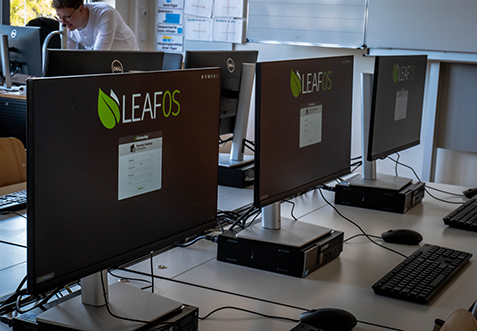
While moving to VDI on-premise or in the cloud is a trend we've seen for many years, the Ukrainian war and the resulting economic turmoil have shed light on other problems. The need for centralized control, security, and ease of use with a push towards remote work and the adoption of Windows 11 has propelled VDI end-points into an essential part of the (CAPEX) equation.
NComputing Adds EX500 Thin Client and LEAF OS as Citrix Ready
SAN MATEO, Calif., Nov. 30, 2022 /PRNewswire/ -- With its LEAF OS and EX500 thin client, NComputing has secured Citrix Ready® Premium Endpoint validation from Citrix, a business unit of Cloud Software Group. Bringing both hardware and software together for the first time for Citrix products and services, NComputing aims to simplify migrations to virtual desktops, apps and cloud workspaces.
Pages
Powerful tools drive success, everywhere.
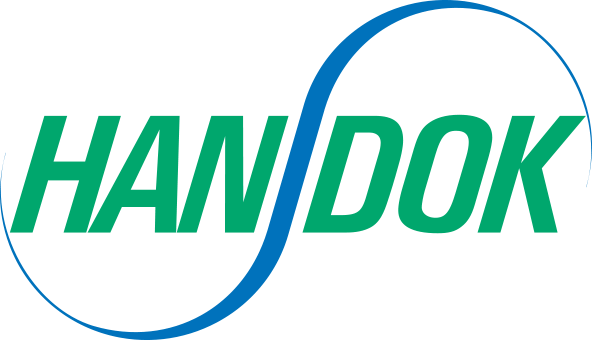






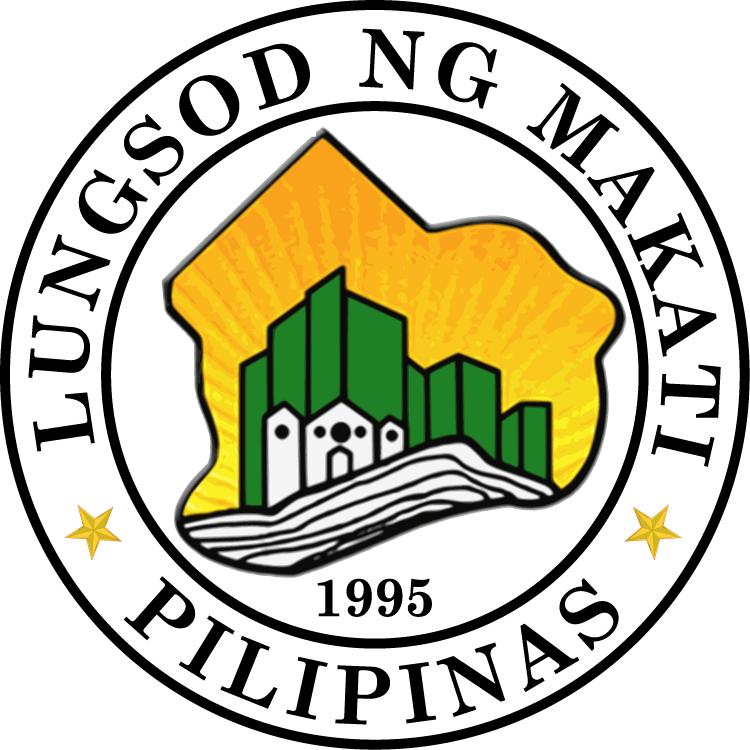
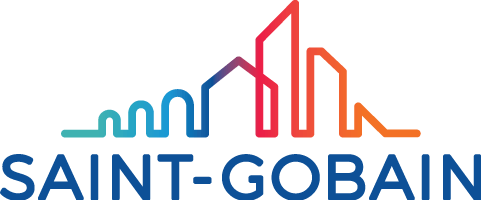


















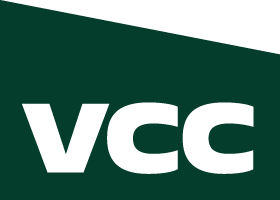











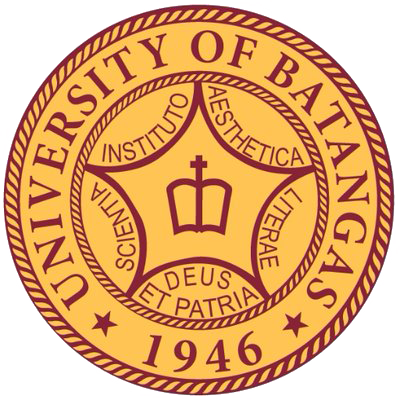

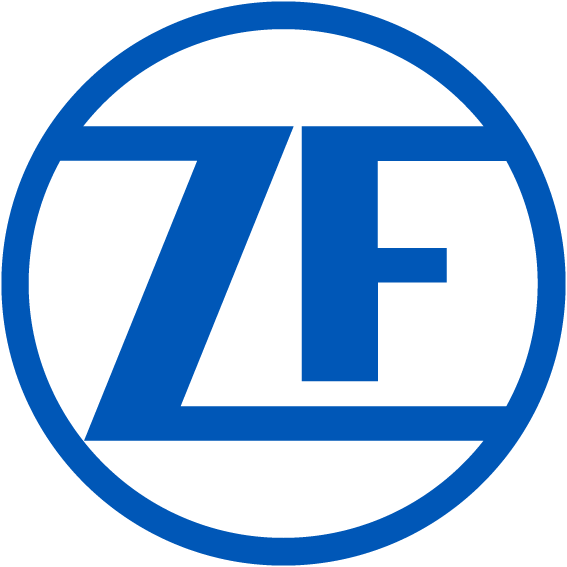


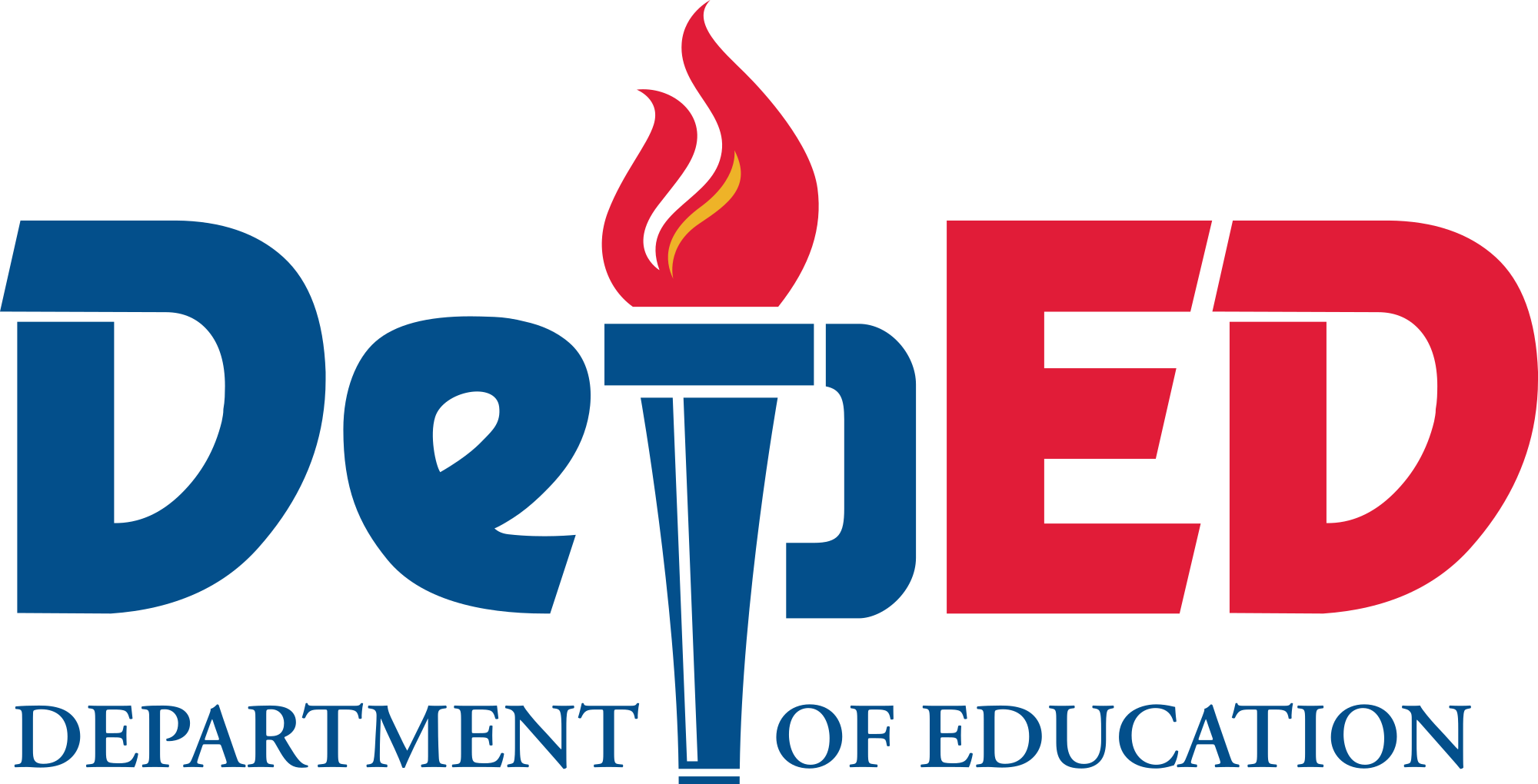


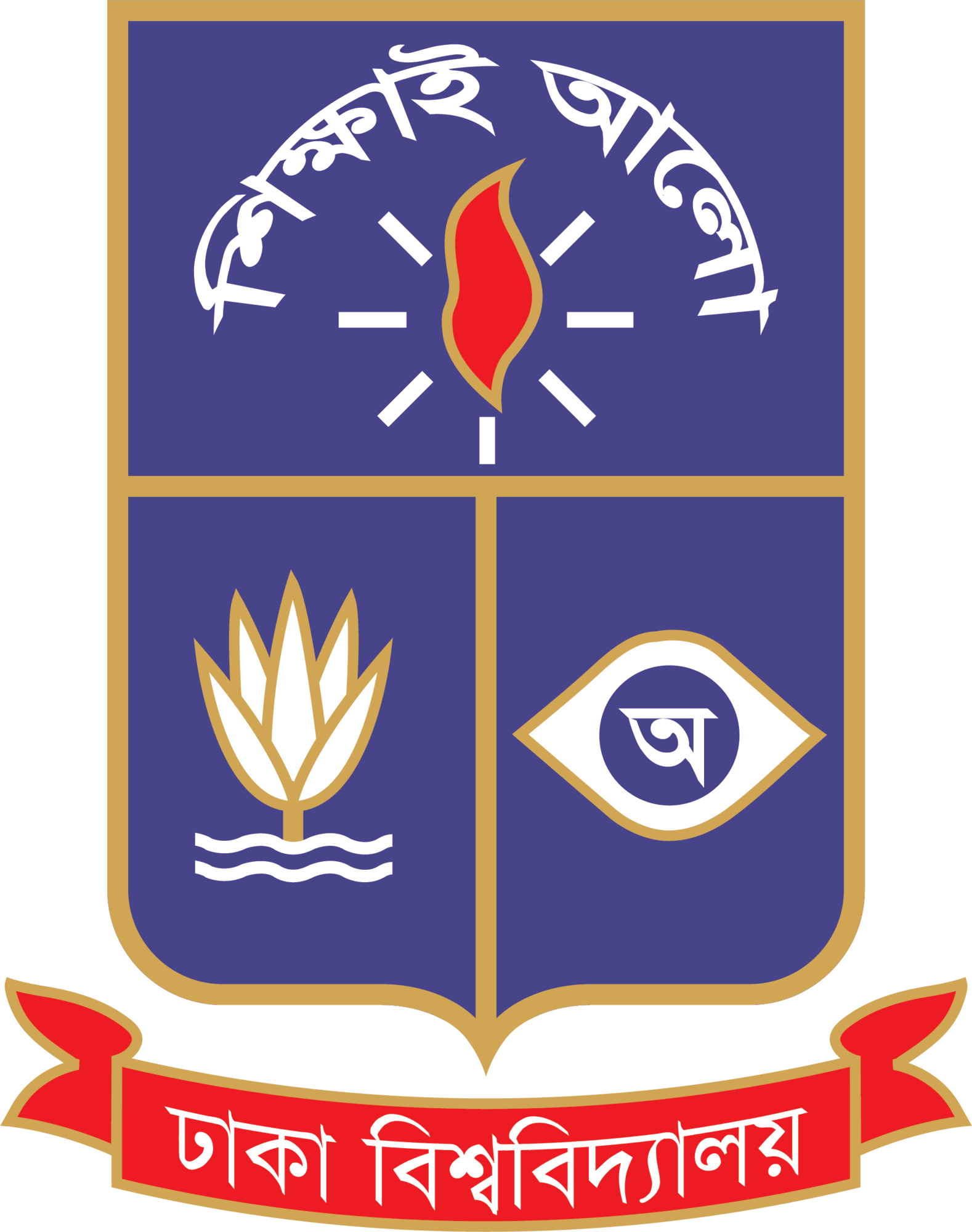




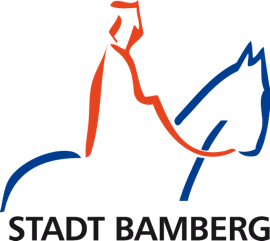






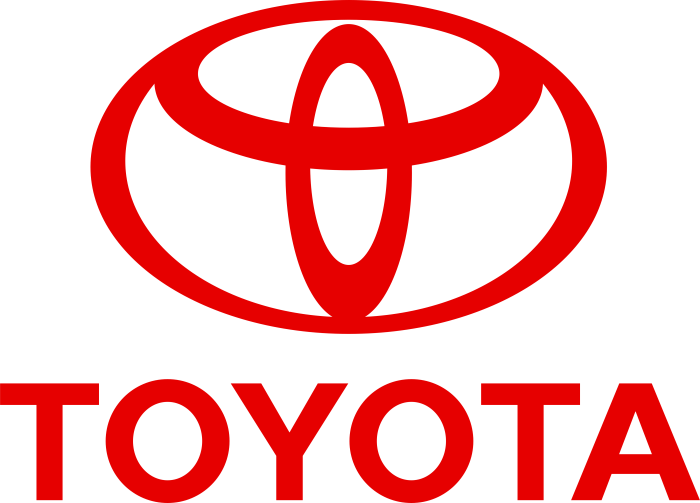












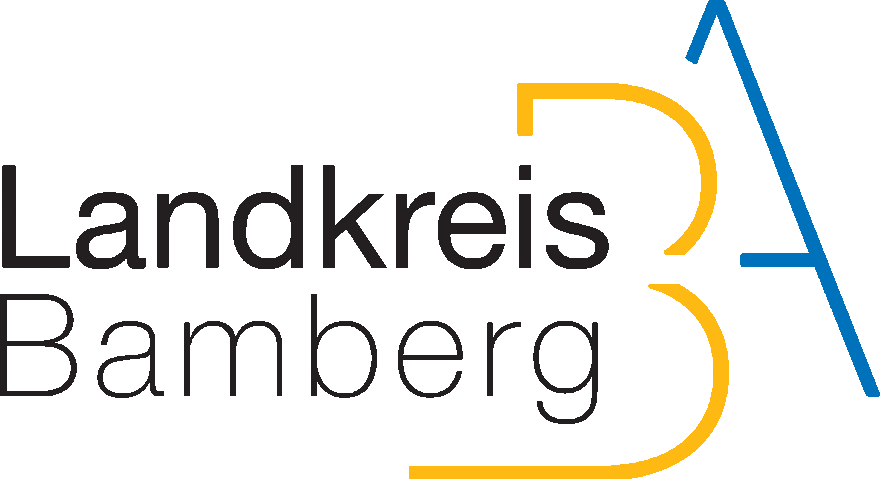







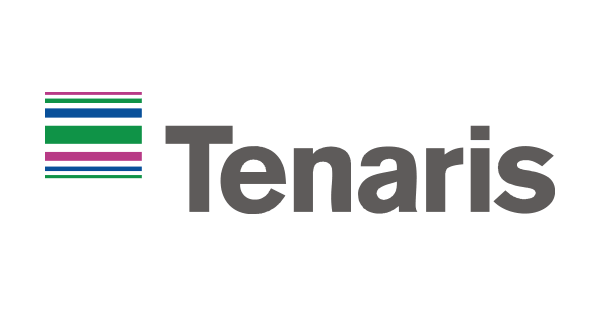
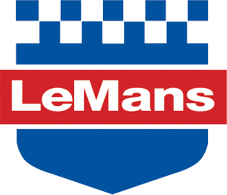







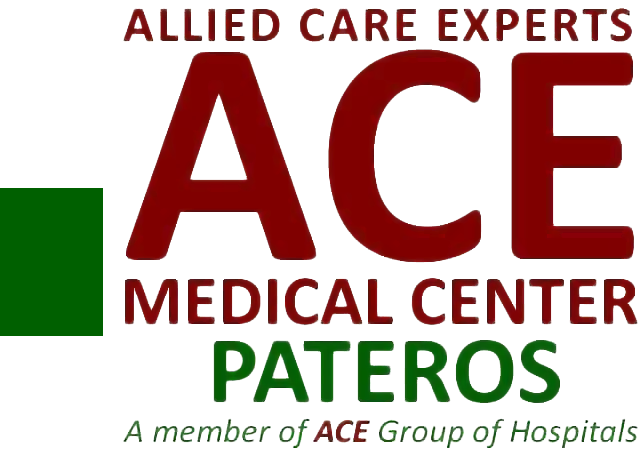



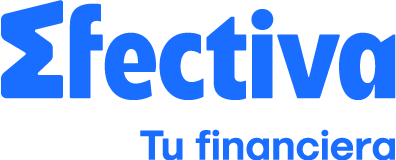

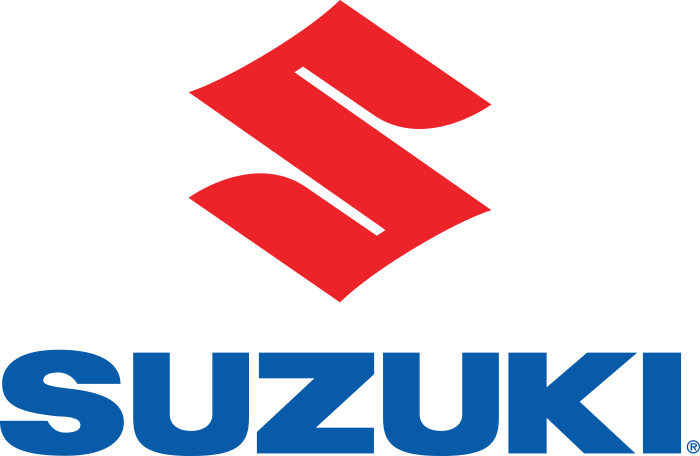
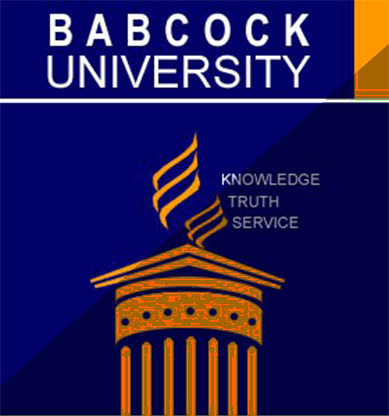








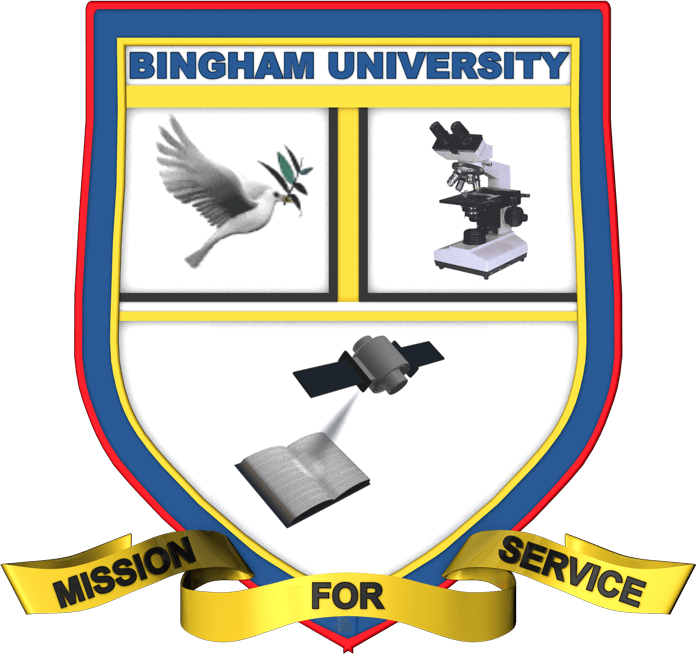
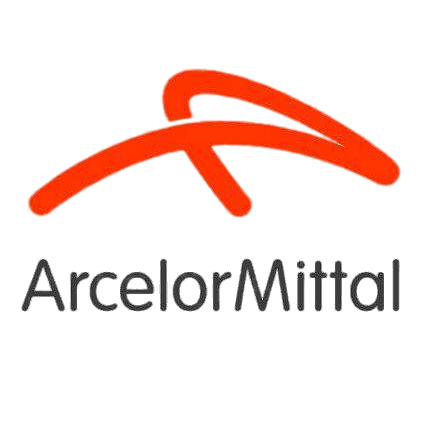

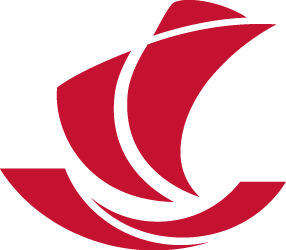

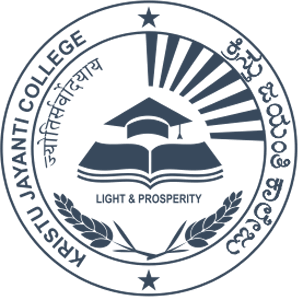
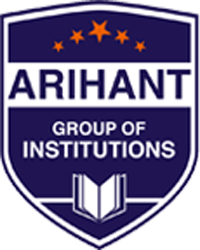






















































































































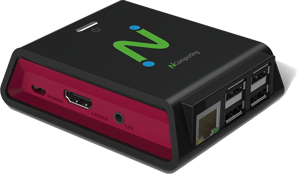
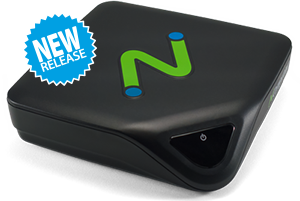
-menu.png)






